Winter fruits present a diverse fruit selection that flourishes in the colder months, providing a burst of flavor and nutrition when other fresh produce is limited. Their types range from citrus fruits, to stone fruits, berries, and more.
Their flavors fall into tart, sweet, bitter, to astringen. They also come in different sizes, from small cranberries to larger grapefruits, and display a range of colors, from the deep red of pomegranates to the bright orange of persimmons.
In this guide, you’ll find a complete list of the best winter fruits. Plus, by the end, you’ll discover which winter fruits can also be enjoyed in summer, autumn, and spring.
Ready to start your fruity adventure? Let’s go!
23 Winter Fruits of Different Types and Sizes
Discover the 23 best winter fruits that bring tasty flavors to dishes and beverages during the colder months. Use the filters to find your perfect match and make the most of this seasonal bounty!
Orange
- Hungary
- Citrus
Oranges are juicy fruits from Southern China, Northeast India, and Myanmar. These round fruits feature bright orange rinds that are a breeze to peel. Inside, the segments are filled with sweet, tangy juice, making oranges a delicious winter favorite.
Oranges are loved for their perfect mix of sweetness and tanginess, along with a slightly fibrous texture. While they are great to eat fresh, their zest and juice are also fantastic for adding flavor to salads, desserts, and drinks.
Apple
- Argentina
- Austria
- Belgium
- Bulgaria
- Germany
- Netherlands
- Poland
- Portugal
- Romania
- Russia
- South Korea
- Sweden
- Switzerland
- United Kingdom
- Pome Fruit
Apples are beloved winter fruits with sweetness, tartness, and a crisp bite. They originally came from Central Asia but are now grown worldwide, especially in the United States, China, and Poland.
Apples come in all shapes and colors, from round to slightly conical, and in shades of red, green, and yellow. The firm, juicy texture makes them a joy to eat fresh or use in cooking.
They find their way into pies, cakes, and sauces, and even add a touch of natural sweetness to savory dishes.
Pear
- France
- North Korea
- South Korea
- Pome Fruit
Pear is a beloved winter fruit, known for its sweet, juicy flavor and crisp texture. Originating from Europe, North Africa, and Asia, pears come in various shapes and colors, from round to the classic “pear shape,” with skins that can be green, yellow, brown, red, or a mix of these hues.
The flesh inside is white or cream-colored, offering a sweet, slightly grainy texture that’s refreshing. Versatile and delicious, pears can be enjoyed fresh, canned, juiced, or dried. They’re also a favorite in desserts, salads, and savory dishes.
Mandarin
- Citrus
Mandarin is a small, vibrant citrus fruit perfect for winter. Originally from Southeast Asia, mandarins are now widely grown in China, Spain, and the United States. They’re smaller than regular oranges with a thin, easy-to-peel skin that ranges from deep orange to reddish-orange.
Mandarins are loved for their juicy, tender segments that are easy to separate, making them a popular snack. Their sweet-tart flavor and soft, succulent texture are delightful. Enjoy mandarins fresh, or use them in salads, desserts, and savory dishes for a burst of citrus flavor.
Clementine
- Citrus
Clementine is a sweet and juicy winter fruit hybrid of willow leaf mandarin and sweet orange. Grown in Spain, Morocco, and the U.S., clementines are small to medium-sized with smooth, deep orange skin that’s easy to peel.
Typically seedless, they have a sweet flavor that’s less acidic, making them perfect for snacking from late October to February. Enjoyed fresh, clementines also enhance salads, desserts, and various dishes with their bright zest and juice.
Tangerine
- Citrus
Tangerine is a juicy citrus fruit native to Southeast Asia and grown in China, Spain, and the U.S. Slightly larger than clementines, tangerines have easy-to-peel deep orange skin and sweet, tangy segments.
Tangerines are enjoyed fresh and used in salads, desserts, and savory dishes. Their zest adds a citrusy aroma to baked goods and marinades.
Grapefruit
- Citrus
Grapefruit is a subtropical citrus fruit that originated in 18th-century Barbados as a hybrid between the sweet orange and pomelo. It Is a refreshing winter fruit, often enjoyed fresh, juiced, or in salads and desserts.
Grapefruit features a large, round shape with thick yellow-orange rind and segmented flesh that ranges from pale yellow to dark pink/red, offering a taste that varies from sour to semi-sweet with a slightly bitter undertone.
Lemon
- Citrus
Lemon, or Citrus limon, is a small, yellow citrus fruit native to northeastern India, northern Myanmar, and China. With its bright yellow rind and tart, acidic flavor, the juicy segmented flesh of lemons is widely used for juice, zest, and pulp.
Available year-round but particularly abundant in winter, lemons are essential for flavoring foods and beverages, from sweet to savory dishes, and are key ingredients in baking, cooking, and making refreshing drinks like lemonade.
Kiwi
- China
- Morocco
- New Zealand
- Berry
Kiwi, also known as the Chinese gooseberry, hails from China’s Yangtze River Valley. This exotic fruit has a fuzzy brown skin and vibrant green flesh dotted with tiny black seeds. Its flavor is a mix of sweet and tart, with a juicy, slightly tangy texture.
Harvested in late fall and available throughout winter, kiwis are enjoyed fresh, in fruit salads, as dessert garnishes, or blended into smoothies.
Pomegranate
- Afghanistan
- Azerbaijan
- Iran
- Berry
Pomegranate has been cultivated since ancient times in Iran and northern India. Known for its tough pink to deep red outer skin, the fruit is packed with juicy, ruby-red seeds encased in a white membrane.
Its taste combines sweet and tart notes with a refreshing burst of juiciness. In season from late fall through winter, pomegranates are popular for their vibrant arils, which are enjoyed fresh, sprinkled over salads, or used as dessert garnishes.
Persimmon
- Japan
- South Korea
- Berry
Persimmon is an exotic fruit native to East Asia, including China, Japan, and Korea. It comes in two main varieties: Fuyu and Hachiya. Fuyu persimmons are round, resembling tomatoes, and can be eaten while still firm, offering a sweet and mildly tangy flavor with a crisp texture.
Hachiya persimmons are elongated and heart-shaped, extremely astringent until fully ripe, and then they become soft and jelly-like with a sweet taste.
From late fall through winter, persimmons add a sweet touch to the colder months and can be enjoyed fresh, in salads, or baked into pies and breads.
Lime
- Citrus
Lime is a small, round citrus fruit native to Southeast Asia, now widely grown in tropical and subtropical regions like Mexico, India, and Egypt. With bright green skin and a juicy, acidic interior, limes have a tart flavor and refreshing aroma that make them a culinary staple.
Available year-round but peaking in winter, limes are essential for flavoring savory dishes, desserts, and drinks like margaritas and mojitos. The zest and juice add a bright, citrusy note to salads, marinades, and sauces.
Cranberry
- Berry
Cranberry is a native North American fruit thriving in the cooler regions of the northern United States and Canada. These small, red berries grow on low shrubs in acidic bogs and are harvested in the fall, making them popular in winter.
Cranberries have a firm texture and a tart, refreshing flavor. They are versatile, enjoyed fresh, dried, or as juice, and are a staple in holiday dishes like cranberry sauce and baked goods, salads, and beverages.
Date
- Algeria
- Saudi Arabia
- United Arab Emirates
- Drupe/stone Fruit
Dates are a fruit native to the Middle East and North Africa, cultivated for thousands of years. Growing on date palm trees, dates are sweet and chewy, ranging in color from bright red to deep brown as they ripen.
Harvested in late fall and early winter, dates are enjoyed fresh or dried, often used in Middle Eastern and North African dishes, stuffed with nuts, added to desserts, or blended into smoothies. Dates’ natural sweetness also enhances cakes, cookies, and bread in baking.
Grape
- Spain
- Berry
Grapes are beloved fruits that grow in clusters. Originating from the Middle East, they have been cultivated for 6,000–8,000 years, with ancient winemaking evidence in Georgia and Armenia.
Now grown worldwide, especially in the Mediterranean, California, and South America, grapes come in green, red, black, and purple. Their taste ranges from sweet to slightly tart, with a juicy, crisp texture. Though harvested in late summer to early fall, they are available year-round.
Grapes are enjoyed fresh, dried into raisins, or made into wine, juice, and jelly. Their natural sweetness makes them perfect for desserts and salads, adding a delightful touch to many dishes.
Quince
- Pome Fruit
Quince is a fragrant fruit from the Caucasus region, including Iran, Armenia, and Turkey. Related to apples and pears, quinces are harvested in fall and last into winter.
When bright yellow is ripe, their raw flesh is hard and astringent, but cooking turns them sweet and aromatic with apple, pear, and citrus flavors.
Quinces are rarely eaten raw due to their tartness. They shine in cooking and baking, making excellent preserves, jams, jellies, pies, tarts, and stews, and are prized in Middle Eastern and Mediterranean dishes, pairing well with meats and spices.
Pomelo
- Citrus
Pomelo is the largest citrus fruit from Southeast Asia and is grown in regions like Thailand, China, Israel, and southern California. It has a thick, greenish-yellow rind, and its flesh ranges from white to pink or red, offering a sweet, mildly tangy flavor.
Harvested in winter and early spring, pomelos can be eaten fresh, added to salads, or used in sweet and savory dishes. In Asian cuisine, they pair well with seafood, and their rind can be candied or made into marmalade. Pomelo juice is a refreshing beverage that is also used in cocktails and marinades.
Kumquat
- Citrus
Kumquat is a small, oval-shaped fruit native to China, grown in Southeast Asia, the Mediterranean, and the southern United States. Its unique feature is that it can be eaten whole, including the sweet, edible peel.
The tart and juicy flesh contrasts with the sweet peel, making kumquats a festive winter fruit. They can be enjoyed fresh, added to salads, or used in cooking and baking, and are popular in marmalades, jellies, and chutneys.
Loquat
- Berry
Loquat is a subtropical fruit native to south-central China and cultivated in Japan for over a thousand years. The small fruit can be oval, round, or pear-shaped, with smooth or slightly downy skin in yellow, orange, or occasionally red-blushed hues.
The flesh is succulent and tangy, ranging from white to yellow or orange, with a sweet to subacid flavor depending on the variety. Harvested in late winter to early spring, loquats are a refreshing addition to fruit salads or desserts in jams, jellies, and wine.
Passionfruit
- Berry
Passionfruit is native to southern Brazil, Paraguay, and northern Argentina, now widely grown in tropical and subtropical regions worldwide. The fruit is round or oval, about the size of a large egg, with a tough outer rind that can be purple or yellow.
Inside, the juicy, aromatic pulp surrounds numerous small black seeds, offering a unique sweet-tart flavor with a tropical aroma. In the winter and spring seasons, passionfruit is versatile and is enjoyed fresh or in salads, desserts, and beverages. Its juice flavors drinks and sauces, while the seeds add crunch to various dishes.
Satsuma
- Citrus
Satsuma is a type of mandarin orange native to Japan, specifically the Satsuma province. Now grown in regions like the Gulf Coast states of the U.S., Satsumas are prized for their sweetness, easy-to-peel skin, and seedless nature.
The fruit is round or flattened with a bright orange-red, slightly bumpy skin, and tender, juicy flesh. Enjoy them fresh, in salads, desserts, or as juice. The zest is also popular in marinades, sauces, and glazes.
Buddha’s Hand
- Citrus
Buddha’s Hand is an exotic citrus fruit native to India and China. It looks like multiple yellow fingers extending from a central base and has no pulp or juice. Instead, it is valued for its fragrant zest, which has a sweet, lemony scent and a thick rind.
Primarily used for its zest, Buddha’s Hand can be candied, used in desserts, infused into beverages, or added to savory dishes for a citrusy aroma. It’s also used in traditional Chinese medicine and as a natural air freshener due to its strong fragrance.
Jujube
- Drupe/stone Fruit
Jujube, or Ziziphus jujuba, is a small tree native to China that produces round to oval fruits. These fruits are green when unripe and turn dark brown to reddish-brown when mature, with a texture that changes from crisp and apple-like to chewy and date-like as they dry.
In season during late fall and early winter, jujubes are sweet with a hint of tartness, making them a popular snack. Fresh jujubes can be eaten out of hand, while dried ones are often used in cooking and baking, commonly added to teas, soups, and desserts.
Which Winter Fruits Are Available in Other Seasons?
Winter fruits are typically enjoyed during the colder months, but some of them are available in other seasons. Here are a few common ones:
These fruits, accessible in both winter and other seasons, allow them to feature in numerous dishes and beverage collections across the globe.
What’s your top pick from our winter fruit list? Share your favorite winter fruit with us in the comments below and explore more seasonal treats on our website. Don’t forget to like and share!


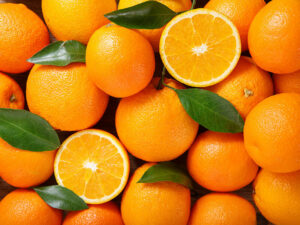
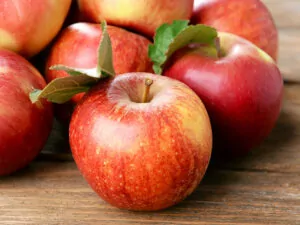
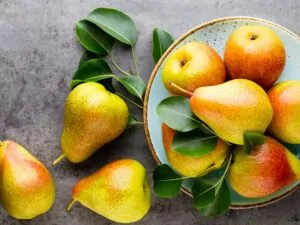
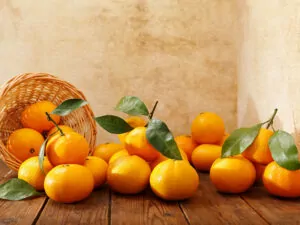
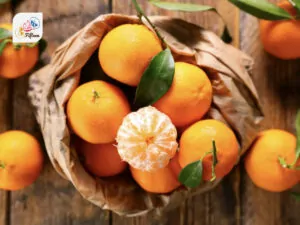
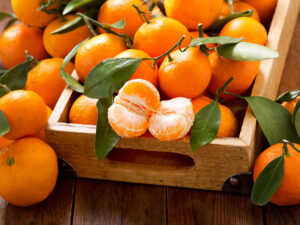
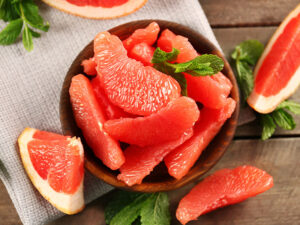
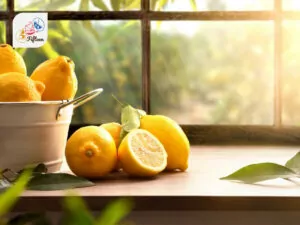
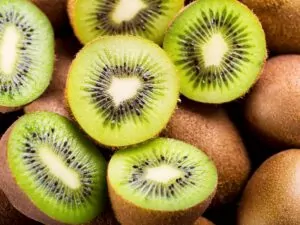
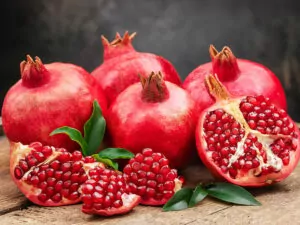
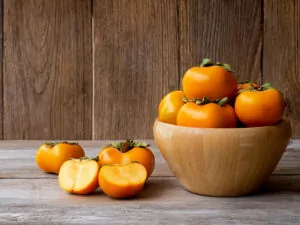
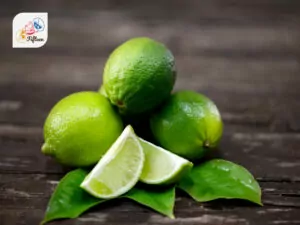
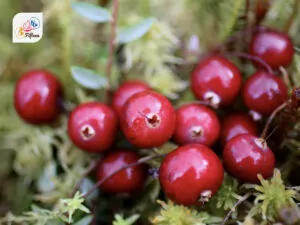
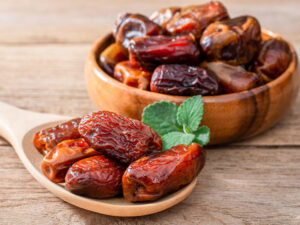
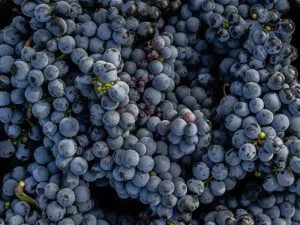
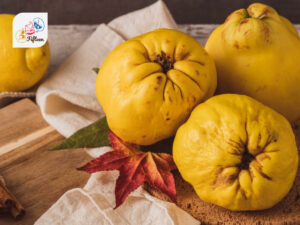
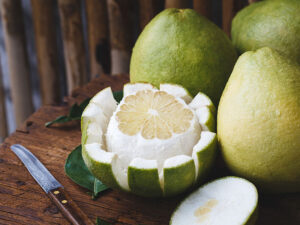
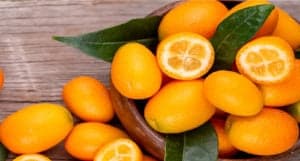
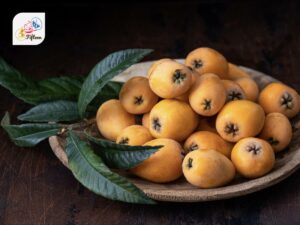
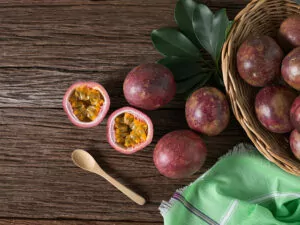

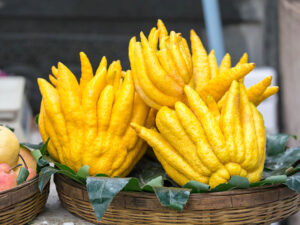
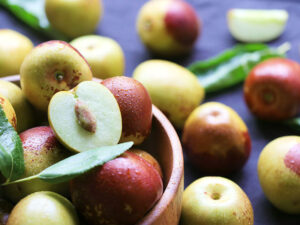
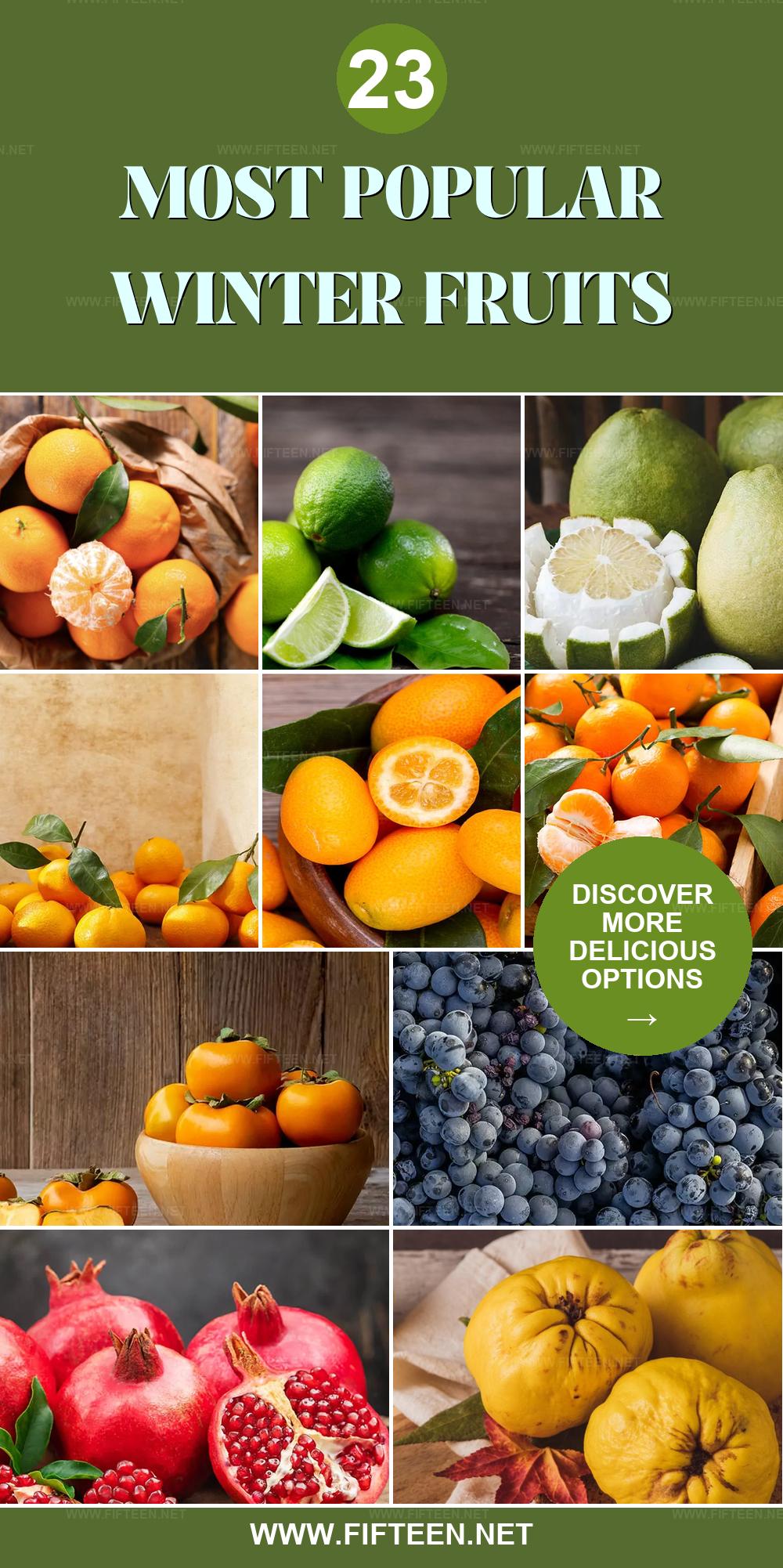
Jamie Scott
Editor in Chief, Senior Content Writer
Expertise
Home Cooking, Meal Planning, Recipe Development, Baking and Pastry, Food Editor, Cooking-video Maker, Western Food Evaluation Expert
Education
Le Cordon Bleu College of Culinary Arts
Local Community College, New York, NY
Jamie Scott is a skilled culinary expert and content creator specializing in Western cuisine. With over 15 years in the culinary field and formal training from Le Cordon Bleu, Paris, Jamie deeply understands how to blend nutrition with delicious flavors. His passion for cooking matches his commitment to making healthy eating accessible and enjoyable.
On Fifteen.net, Jamie brings a fresh perspective to classic dishes and beverages, offering readers insightful recipes, cooking tips, and a fresh view on meal planning that emphasizes taste, health, and simplicity.